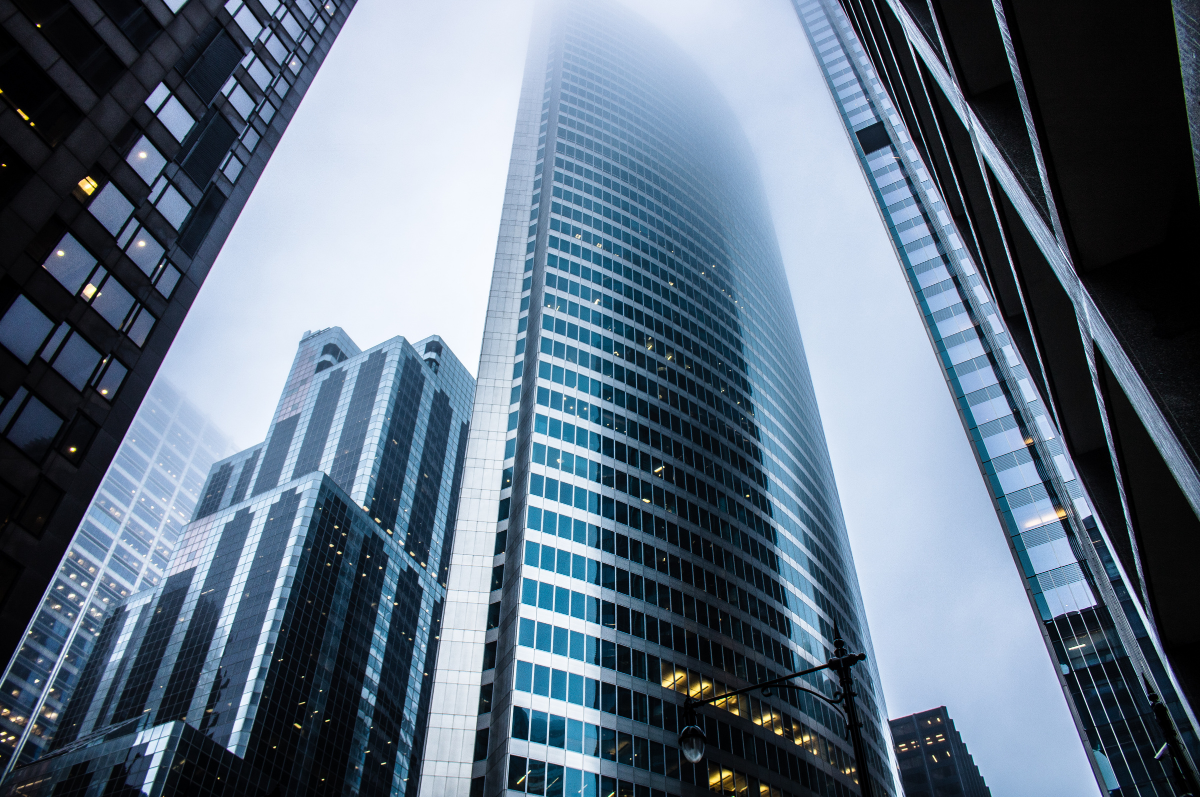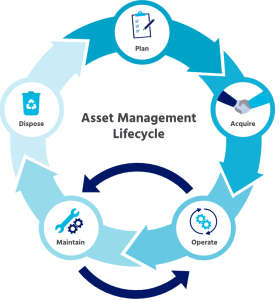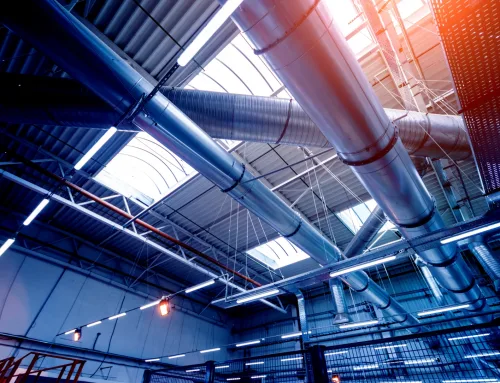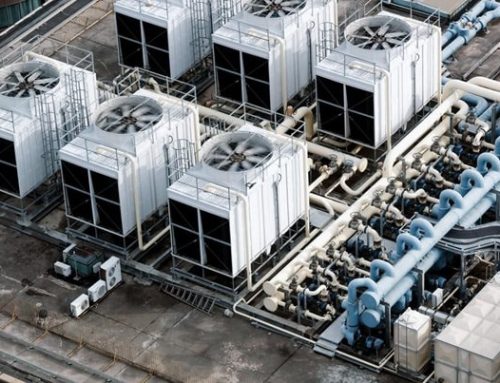Introduction
Facility Management (FM) is no longer just about fixing broken equipment or keeping the lights on. Today, FM plays a strategic role in reducing operational costs, supporting sustainability goals, and creating productive workplaces. But how do you measure success? The answer lies in Key Performance Indicators (KPIs).
According to a 2023 report by IFMA (International Facility Management Association), organizations that track performance metrics in FM reduce operating costs by up to 15% annually. Let’s explore the essential KPIs every FM should monitor.
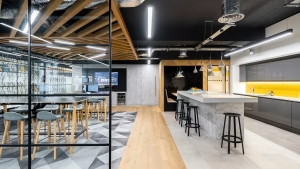
An overhead shot of a hybrid office
1. Space Utilization Rate
Office space is one of the most expensive assets for any organization, yet studies by JLL show that 30–40% of workplace space is underutilized daily. With the rise of hybrid and flexible work, it’s more important than ever to measure how effectively space is being used.
Why it matters:
-
Reduces wasted rent and energy costs.
-
Guides space reallocation (e.g., converting underused meeting rooms into collaboration hubs).
-
Supports real estate planning and workplace strategy.
How to measure:
(Occupied space ÷ Total available space) × 100
Example: If your office has 50,000 sq. ft. but only 30,000 sq. ft. is regularly used, your utilization rate is 60%. A rate below 70% often signals wasted resources. Explore link: JLL Report on Workplace Utilization
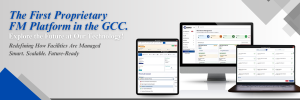
Work Order
2. Work Order Completion Rate
Work orders reflect how well the maintenance team responds to needs across the facility. A backlog can lead to downtime, safety risks, and dissatisfied employees.
Why it matters:
-
Ensures reliability of assets and systems.
-
Improves employee trust in FM responsiveness.
-
Reduces long-term repair costs.
How to measure:
(Number of completed work orders ÷ Total work orders) × 100
Example: If 500 work orders are created in a month and 450 are completed, the rate is 90%. A rate consistently below 80% may indicate staffing shortages, poor scheduling, or inefficient processes.
Explore more link:Glorek Work Order Benchmarking

3. Maintenance Cost per Square Foot
Maintenance expenses are a major line item in FM budgets. By tracking costs per square foot, facility managers can compare performance against industry benchmarks and identify inefficiencies.
Industry fact: According to the BOMA Experience Exchange Report, average annual maintenance costs are $2.23 per square foot in the U.S. for office buildings.
Why it matters:
-
Provides a standardized measure across buildings.
-
Highlights cost overruns caused by aging infrastructure or poor preventive maintenance.
-
Supports accurate budgeting and financial planning.
Example: If an office of 100,000 sq. ft. has annual maintenance costs of $250,000, the cost per sq. ft. is $2.50 — higher than the industry average, signaling inefficiency.

Energy Efficiency in Facility Management
4. Energy Consumption & Efficiency
Energy is often the largest controllable operating expense, with the U.S. Department of Energy estimating that commercial buildings waste 30% of the energy they consume.
Why it matters:
-
Reduces utility costs and carbon footprint.
-
Supports compliance with sustainability certifications like LEED and WELL.
-
Identifies areas for retrofits, upgrades, or renewable integration.
How to measure:
Energy use intensity (EUI) = Annual energy consumption (kWh) ÷ Building square footage.
Example: If a 50,000 sq. ft. office consumes 1,500,000 kWh annually, its EUI is 30 kWh/sq. ft. Lower numbers are better.
🔗 Internal link: Sustainable FM Practices
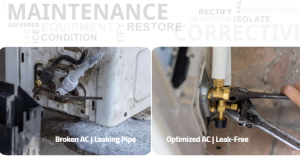
Preventive vs Reactive Maintenance Ratio
5. Reactive vs. Preventive Maintenance Ratio
A healthy FM program focuses on preventive work to reduce emergencies. Industry best practice is 70–80% preventive vs. 20–30% reactive.
Why it matters:
-
Preventive maintenance extends equipment life and avoids costly breakdowns.
-
Reactive-heavy operations increase downtime, safety risks, and emergency costs.
-
Balance helps allocate resources effectively.
Example: If 300 preventive tasks and 100 reactive tasks are completed monthly, the ratio is 75:25 — an ideal balance. A 50:50 split, however, indicates over-reliance on firefighting.
Internal link: Benefits of Preventive Maintenance
6.Asset Lifecycle Cost & Performance
Every asset — from HVAC units to elevators — has a predictable lifespan. Tracking lifecycle costs helps facility managers decide whether to repair, replace, or upgrade equipment.
Why it matters:
-
Prevents overspending on aging equipment.
-
Optimizes capital planning.
-
Ensures assets deliver expected ROI.
Real fact: ASHRAE data shows replacing HVAC systems at the right lifecycle stage can reduce costs by 15–20%.
Example: If a chiller’s maintenance costs exceed 50% of its replacement value, it may be more economical to replace it.
🔗 Internal link: AI Management in FM
Conclusion
Tracking KPIs is not just a reporting exercise — it’s a strategic necessity. From space utilization and work orders to energy efficiency and occupant satisfaction, these metrics help facility managers:
-
Cut unnecessary costs
-
Improve operational efficiency
-
Enhance employee experience
-
Support sustainability goals
By embedding KPI tracking into daily operations, FM leaders can transform their roles from cost centres into strategic business partners.

